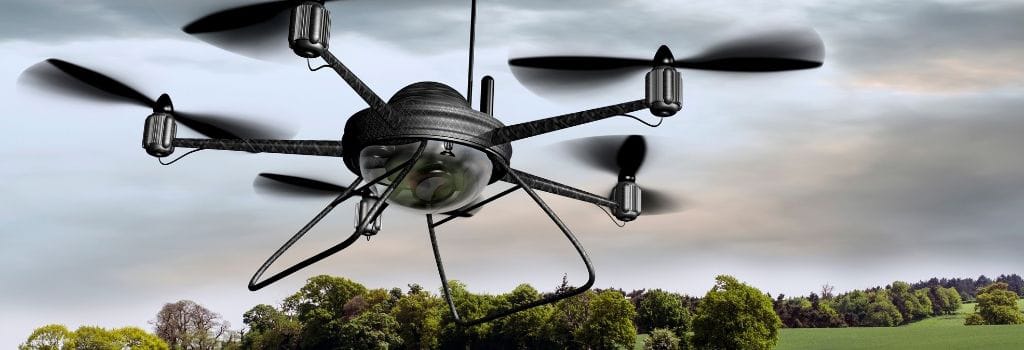Telecommunication
The current global pandemic has changed many aspects of our lifestyle, pushing internet traffic up to enable employees to work from home, students studying and playing more at home, and enterprises shifting to online business models. This broadband internet increase demand is driving communications service providers (CoSPs) scrambling to increase capacity and improve performance for remote users.
閱讀全文: Scalable Network Appliances Ensure Speed and Cost-Effectiveness for Virtual Carrier-Grade NAT
As digital transformation progresses in the business world, networks are steadily gaining in importance. The building blocks of business digitalization are the infrastructure technologies that comprise it, including uCPE, vRAN, Cloud Edge, Aggregation Routers, IoT, and A.I., all of which share one thing in common – network centricity.
閱讀全文: Enabling Secure and Intelligent Networking at WAN Edge with 10G uCPE Router
The incoming 5G technology era will bring both speed and convenience. While there are many benefits, behind the scenes, 5G infrastructure is complicated. It requires substantially more network automation than previous technologies. That automation depends on having a real-time view of network resources enabled by intelligent algorithms that measure the performance of available resources to determine service path computation, in addition to smart network control methods.
閱讀全文: Scalable Edge Cloud Solutions Empower IPv6 Segment Routing for 5G Network Automation
With the deployment of 5G networks globally, the importance of network edge, particularly in terms of performance and programmability, is ever more critical for consumers and service providers. If you are unfamiliar with the concept, network edge is simply a distributed computing paradigm that brings computation and data storage as close to the point of request as possible to deliver low latency and save bandwidth. Network edge empowers service providers with the openness, agility, and scalability they need to deliver a full range of services and applications to their customers, efficiently and economically.
閱讀全文: Programmable Network Platform Empowers Scalable Firewall for the Network Edge
In 2020, voice and internet data services are a mainstay of our economy and have become commodities. As a result of this commoditization, revenues from these services are plateauing and no longer a viable area of growth for many operators. In response to this trend, operators are now turning their attention towards new high-growth segments, such IoT, eMBB, UrLLC, and Immersive reality to name a few, to fuel their expansion. For these mainstays of the new 5G economy, wireless networks will play a critical role in realizing the full potential of these next-generation disciplines. Wireless networks will be required to connect to ever-larger numbers of devices, process ever-larger volumes of data, and provide the versatility needed for fostering innovation. OpenRAN architecture is the perfect solution for the needs of operators in the 5G era. OpenRAN solutions offer flexibility and scalability through the disaggregation of hardware and software and the utilization of Commercial-Off-The-Shelf (COTS) hardware. OpenRAN platforms constitute a significant step towards the realization of the 5G era.
In today’s world, our technologies and systems are only as good as the networks they rely on. When it comes to border security, the stakes are even higher. For many countries, border security systems are the first line of defense against a host of external threats, including, but not limited to, drug smugglers and human traffickers. Border security systems are often a comprehensive affair that emphasizes intelligence, surveillance, and reconnaissance to stay ahead of threats. One of the most powerful tools in the arsenal of border security authorities are drones, unmanned aerial vehicles (UAV), and surveillance cameras.
閱讀全文: Robust, Industrial-Grade LTE Network Appliance Optimizes Border Security
A CDN (Content Delivery Network) is a system of geographically distributed servers that aim to decentralize cloud computing and attempt to bring more resources closer to the end-user. CDN improves the geographical presence of service and delivers faster website content, from videos, images, scripts, HTML files, etc.The CDN provides an acceptable level of video streaming quality. It overcomes those Internet issues, like jitter, delay, lag, high latencies, and delivers content to the end-user.
閱讀全文: Distributed MEC Servers Enable Low-latency Content Delivery Network












